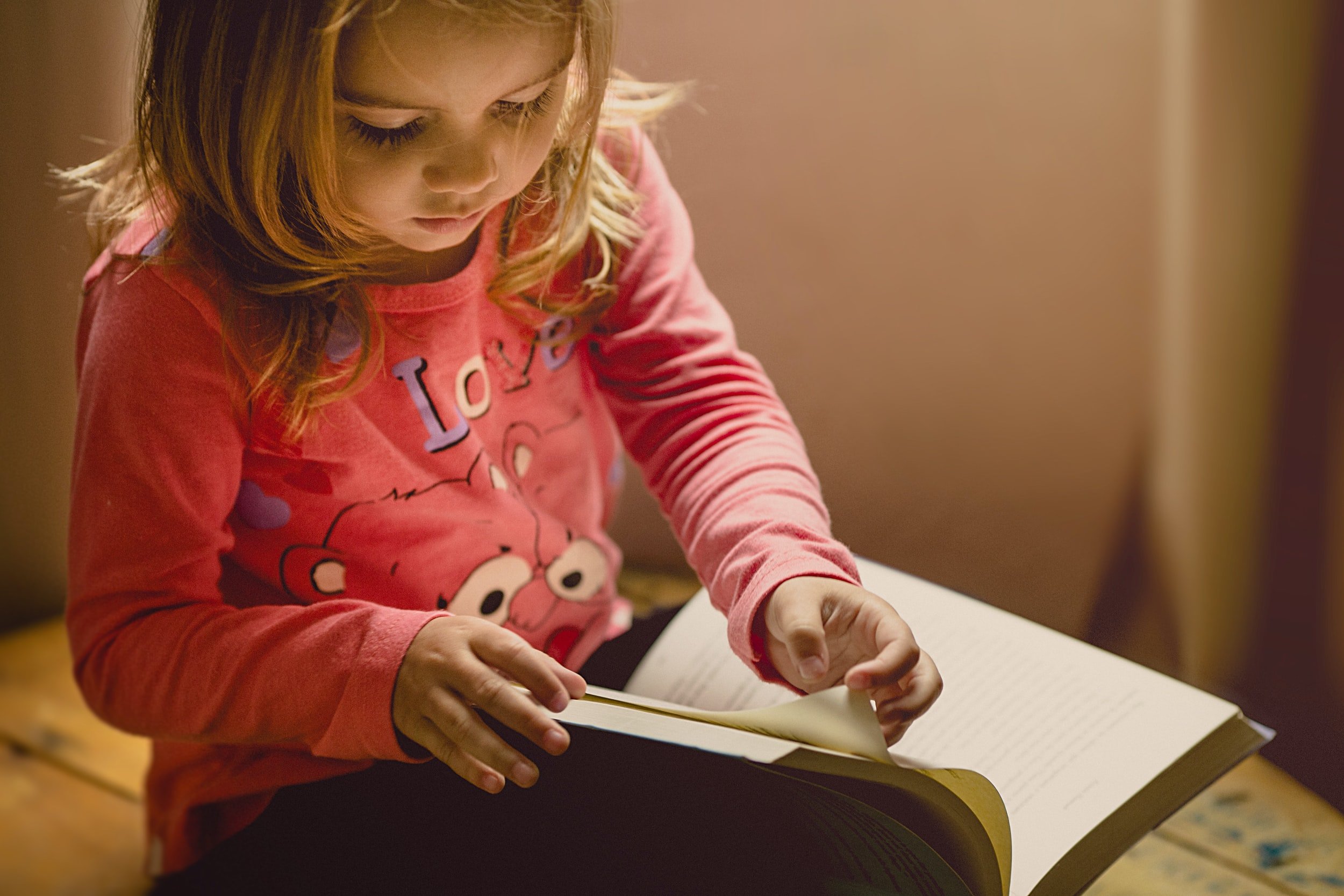
CPAG is committed to increasing knowledge and education related to child poverty in Aotearoa New Zealand. We not only conduct our own research into the causes, consequences and solutions to child poverty, but we support others to conduct their own research too.
Beginner’s Guide to Child Poverty Measurements in New Zealand.
Published 20 November 2024
This document provides accessible information on New Zealand’s child poverty reduction framework, namely the Child Poverty Reduction Act (2018) and the statistical measures used to monitor our progress towards reducing child poverty.
It takes you, step-by-step, through calculating income poverty in Aotearoa. Including how to calculate a household’s equalised disposable income (HEDI).
Explore it here.
This graphic guides learners through how to calculate a household’s equivalised disposable income (HEDI).
Feel free to use this resource, with credit to CPAG. You can download a bigger copy here.

